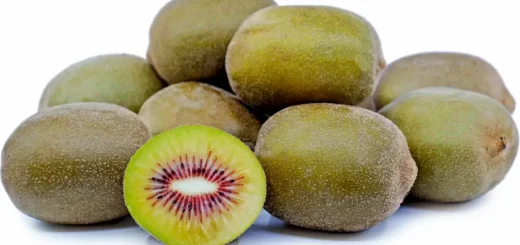Understanding the Southeast Asian F&B opportunity — Exporter Magazine

7 questions in 5 minutes with Winstone Chee on how to sell food and beverage products to Southeast Asia.
Exporter: What new consumer trends can New Zealand F&B exporters take advantage of in Southeast Asia?
Winstone: Consumers are becoming considerably more health conscious and are challenging the make-up of ingredients in products more than ever before.
Organics and health products have taken a wider footprint in retail outlets throughout the Southeast Asian region and consumers are demanding quality and freshness.
Through social media, they are becoming a lot more vocal and opinionated on how retailers handle product and where product is being sourced from. The value and price-orientated consumer still makes decisions based on price, but also demands better quality.
Exporter: What could Kiwi exporters do to improve the way they’re perceived in Southeast Asia?
Winstone: Buyers in Southeast Asia are well aware of what New Zealand has to offer in terms of quality and safety of products. However, companies must understand that Southeast Asian countries have different demographics and that, even within each country, there are also many tiers of consumer groups. Buyers like to work with companies that understand their market and cater for its diversity.
Exporter: How should fresh and dairy product businesses get to know and understand their consumers and customers in the Southeast Asia market?
Winstone: There is no better way than to work with buyers in the specific countries and to spend time in retail stores, observing the shopping patterns of customers. Taking the time to talk to customers and understand their wants and needs will help businesses make the right decisions for that market, rather than decisions made in the boardroom in New Zealand.
Exporter: In your experience, what are some misconceptions that New Zealand exporters have about the market?
Winstone: The biggest misconception about the Southeast Asian market is that “one shoe fits all”. Everything from branding, packaging, sizing, quality, marketing to supply chain, inventory, pricing and stock availability, needs to be looked at separately for each country and retailer.
Exporter: What makes a successful exporter to that region?
Winstone: There are many New Zealand exporters that have been able to get the right formula to service Southeast Asian countries. They visit the region regularly. They understand the buyer’s wants and needs. They make it easier for the buyer to manage stock flow, marketing plans and implementation of a new and exciting product range.
Exporter: What are some examples of companies doing well in the F&B sector?
Winstone: New Zealand companies with high volume and exceptional marketing ability include Mr Apple, AVANZA, Zespri and Silver Fern Farms. However, other Southern Hemisphere countries are making considerable advances in F&B, giving buyers alternate options of supply.
Medium-sized exporters who have niche products and great marketing ability, but not necessarily volume, will continue to do well.
Product categories within the dairy and fresh sector have a following, especially as Southeast Asian countries become more developed and their demand for niche products grows. The challenge will continue to be the supply chain and how cost reduction in this area can be pushed back down the line to ensure retail pricing becomes affordable to the customer.
Exporter: How do you work with New Zealand exporters?
Winstone: Through my Southeast Asia contacts and experience with different markets, I work to give exporters a better understanding of current market situations. For example, I help them to get across the plan that each buyer has for a specific market.
It can be a long hard frustrating road to achieve the results that a New Zealand exporter looks for. But the survivors will be those that are passionate about their product and understand the market before they enter it. Innovation will drive success as competition heats up.
Winstone James Chee is an NZTE Beachheads advisor in Southeast Asia. He has extensive experience in FMCG across New Zealand, Australia, Southeast Asia and China, specialising in fresh foods for Dairy Farm International based in Singapore.
For more insights view www.nzte.govt.nz and follow @nztenews






